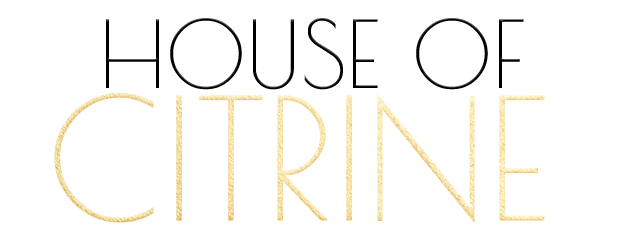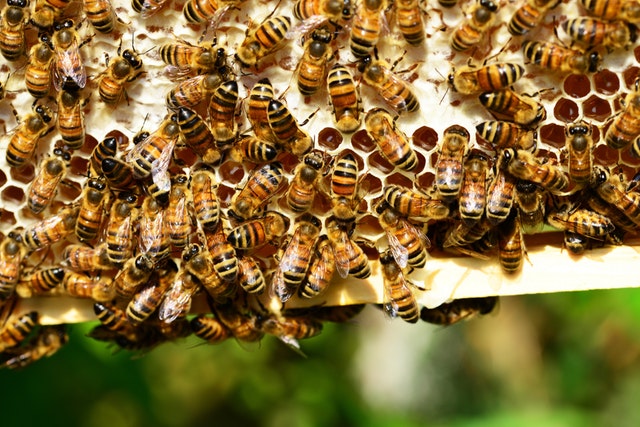By: Dawn Musil
Many of us know that pollinators play a critical role in more than a third of our food supply. They are essential to the continuation of our species and the millions of plants that surround us, but we can’t neglect the fact that these tiny creatures also play a critical role in our connection with mother nature. Consider that in order to create a single pound of honey, these bees must visit 2 million flowers. That means that for each teaspoon of honey that you consume (and I don’t know about you, but I eat at least a tablespoon of honey per sitting!), that’s over 30,000 flowers that were visited! This connection with hundreds of flowers results in a golden ambrosia that is filled with enzymes, vitamins, and minerals that these flowers have in their nectar and pollen.
Why Raw Matters
However, only raw honey can carry these valuable enzymes and nutrients. When honey is “pasteurized”, or heated to 150 degrees for at least 30 minutes, it is no longer raw and no longer carries these properties. When the microorganisms are killed in the pasteurization process, so are the valuable nutrients and enzymes. The honey then simply becomes a sweet mixture of syrup composed of golden glucose and fructose molecules. Interestingly enough, honey is antimicrobial—so, while many have claimed pasteurizing it as a “food standard”, it does not host any bacteria—making it safe (and far healthier) to eat raw. This raw honey has been prized for centuries and carries incredible value for your body, both inside and out!
History of Honey
Ancient Egyptians knew of this incredible value and used it in food only for royals. They then buried it in tombs, where it lasted for thousands of years due to its antimicrobial properties!
Ayurvedic medicine believed that honey was one of the finest gifts that nature bestowed upon humans and have incorporated it into many Ayurvedic therapies. Additionally, current research shows that honey has incredible humectant properties—meaning it holds moisture—which is why it is used in many soaps, lotions and face masks!!
Allergies Bee Gone!
It gets even sweeter! Local honey can cure your allergies! While the bees are visiting the flowers, they gather nectar and pollen and their tiny enzymes turn what would otherwise be a common allergen into glucose in the form of deliciously sweet honey! So, eating a tablespoon of raw, local honey per day can cure those seasonal allergies by providing a sort of allergen-inoculum in the form of honey!
Herbalism and Honey
In Western herbalism, infusing honey with medicinal herbs makes these potent plants into a sweet form! Honey is a great way to extract those precious nutrients and phytochemicals from herbs and makes it easy to ingest even the most bitter of herbs! Herbal infusions focused around lavender and chamomile are my favorite addition to my evening tea to help relax in the sweetest way possible. But the beauty of honey is how creative you can bee! Lemon and ginger-infused , as well as cinnamon and turmeric infused are a few other favorites. Use the recipe as a base for creating your own!
Simple at home infusions: Relaxing, herbal honey
Materials:
- 8 oz mason jar
- 1/8 cup dried chamomile flowers
- 1/8 cup dried lavender flowers
- 8oz. honey (1 cup)
Get some quality, local honey. It doesn’t really matter what flavor you choose. The lighter the flavor (orange blossom or clover), the easier and faster the infusion!
Pour the dried herbs into the jar. You want the jar to be no more than a quarter full, so you leave room for the herbs expand. You may have some herbs left over.
- Fill the jar to the top with honey and screw on the lid. You may be left with some additional honey for you to enjoy in your tea.
- Let the mixture sit for 1-2 weeks in a cool dark place.
- Strain out the herbs and enjoy.
Alternative hot infusion:
This can be done for quicker, intense flavors: simply heat the honey until it’s very viscous and place cheesecloth over the mouth of the jar with a band. Then, place the herbs on top and pour honey slowly through the sieve. Allow the herbs to sit in the jar for up to 12 hours, then remove the cheese cloth and herbs.
Honey for the Sweeter Good!
Perhaps the most exciting and sweetest (pardon the pun!) part about honey is how beekeeping and honey are being used for social and environmental good!
What’s incredible is the benefit to our natural world and the environment. Without bees, we wouldn’t have 1/3 of our food supply; but, to break that down, that isn’t just fruits and vegetables. Bees are critical to the alfalfa and clover that feeds cows. This means your milk, yogurt and cheese options would vanish along with your favorite strawberries, apples and eggplants! Many organizations are taking the lead on reversing these losses from colony collapse disorder.
Beekeepers in Los Angeles worked to successful make urban beekeeping legal in 2016! Detroit Hives is using beekeeping to revive the urban areas by taking vacant lots and turning them into community apiaries for education. HiveLend is connecting the community with rooftop and community hives in Baltimore. Even Morgan Freeman is doing his part to support the bees by taking up apiculture and supporting the bees with hives of his own.
And you can help, too! Find local beekeepers to buy your honey from, plant pollinator friendly flowers, and begin to bee the change in your community to save these incredible bees and keep this treasure we’ve had around for centuries more to come!
Dawn is a Biochemist and Ecologist with a passion for sustainable agriculture development and bees! She's been a beekeeper since she was fourteen and is working to develop sustainable apicultural and agriculture practices through technology via her work at PathSensors and her project, HiveLend. Her heart lies in entheogenic plant medicines and she is building skills to bring conservation through technology to this world of ethnobotany in her graduate studies










